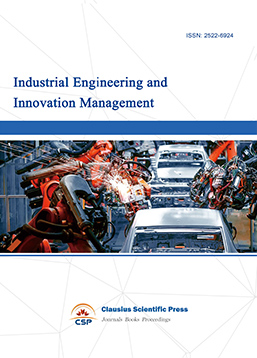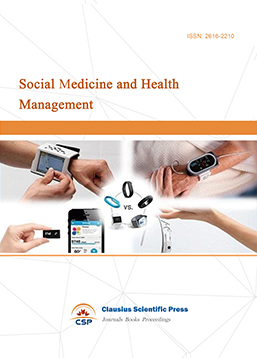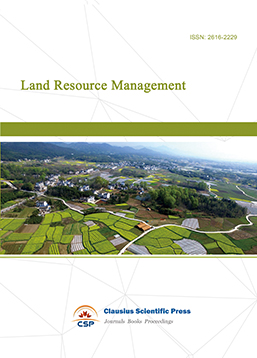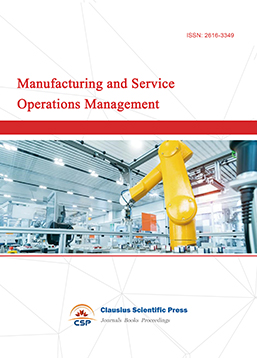Study on the Feasibility of Planting Ryegrass in Alpine Regions
DOI: 10.23977/agrfem.2023.060307 | Downloads: 14 | Views: 1390
Author(s)
Hao Caihong 1, Zhong Peng 1, Tong Guizhi 1, Wang Likun 1, Jin Zhenhua 1, Li Ping 1, Zhang Yan 1, Zhang Jiansheng 1, Guo Lihong 1, Li Xintao 2, Wang Weixia 2
Affiliation(s)
1 Branch of Animal Husbandry and Veterinary of Heilongjiang Academy of Agricultural Sciences, Qiqihar, 161005, China
2 Jilin Academy of Agricultural Sciences, Changchun, 130000, China
Corresponding Author
Zhong PengABSTRACT
Ryegrass has always been the main feed variety selected by milk producers in Europe and Oceania countries represented by the Netherlands. Therefore, ryegrass has become a very important feed raw material in the dairy industry. Ryegrass plays an important role in the rotation of fallow land and winter meadow, soil rotation pollution and restoration, high-yield cultivation, variety selection, silage processing, feed livestock raising, and can solve some common problems in production practice. We take ryegrass as the research object and ryegrass as the feed, and develop different breeding models to meet the needs of different enterprises and different pastures. The road of sustainable agriculture will also play a more important role in the development of grassland animal husbandry in different regions of China[1]. Ryegrass, as a high-quality forage grass, is planted in the high mountains of Heilongjiang Province, so further research is needed plant. This paper aims to explore whether large-scale production technology, mechanized management measures and fine management techniques can be used to reduce risks and losses, and whether it is feasible to further promote large-scale afforestation in Heilongjiang Province.
KEYWORDS
Forage grass; rye; sowing; managementCITE THIS PAPER
Hao Caihong, Zhong Peng, Tong Guizhi, Wang Likun, Jin Zhenhua, Li Ping, Zhang Yan, Zhang Jiansheng, Guo Lihong, Li Xintao, Wang Weixia, Study on the Feasibility of Planting Ryegrass in Alpine Regions. Agricultural & Forestry Economics and Management (2023) Vol. 6: 42-46. DOI: http://dx.doi.org/10.23977/agrfem.2023.060307.
REFERENCES
[1] You Y L, Li Y, Zhao H M, Wu R X, Liu G B, Zhai L J. Effect of planting density on × Triticale Wittmack and Secale cereale seed productivity. Pratacultural Science, 2017, 34(7): 1522-1529.
[2] Sun M, Miao G Y, Yang Z P, Gao Z Q. Differences in food and fodder value among Triticale, Secale and Triticum. Journal of Triticeae Crops, 2008, 28(4): 644-648.
[3] Zhang W J, He M, Ma X M, Zhang Y W, Song M L. Study on the effect of triticale hay feeding high-producing dairy cows. Shandong Journal of Animal Science and Veterinary Medicine, 2019, 40(5): 7-8.
[4] Unger P W. Alternative and opportunity dryland crops and related soil conditions in the southern Great Plains. Agronomy Journal, 2001, 93(1): 216-226.
[5] Tian L H, Zhou Q P, Wang J T, Chen Y J, Chen S Y, Wei X C, Mai X M, Zheng Z. Situations, issues and solutions of the grassland animal husbandry of Qinghai-Tibetan Plateau. Journal of Southwest University for Nationalitise (Natural Science Edition), 2016, 42(2): 119-126.
[6] You Y L, Wu R X, Zhao H M, Li Y, Liu G B. Cultivation technical standard of triticale 'Jisi No. 3'. The Chinese Livestock and Poultry Breeding, 2021, 17(3): 79-80.
[7] Wang L K, Ning W P. Introduction effect on Secale carcle wintergrazer-70 and Triticale cv. Zhongqin No. 2 in alpine pastoral areas. Pratacultural Science, 2005, 22(4): 30-32.
| Downloads: | 6628 |
|---|---|
| Visits: | 263491 |
Sponsors, Associates, and Links
-
Information Systems and Economics

-
Accounting, Auditing and Finance

-
Industrial Engineering and Innovation Management

-
Tourism Management and Technology Economy

-
Journal of Computational and Financial Econometrics

-
Financial Engineering and Risk Management

-
Accounting and Corporate Management

-
Social Security and Administration Management

-
Population, Resources & Environmental Economics

-
Statistics & Quantitative Economics

-
Social Medicine and Health Management

-
Land Resource Management

-
Information, Library and Archival Science

-
Journal of Human Resource Development

-
Manufacturing and Service Operations Management

-
Operational Research and Cybernetics


 Download as PDF
Download as PDF